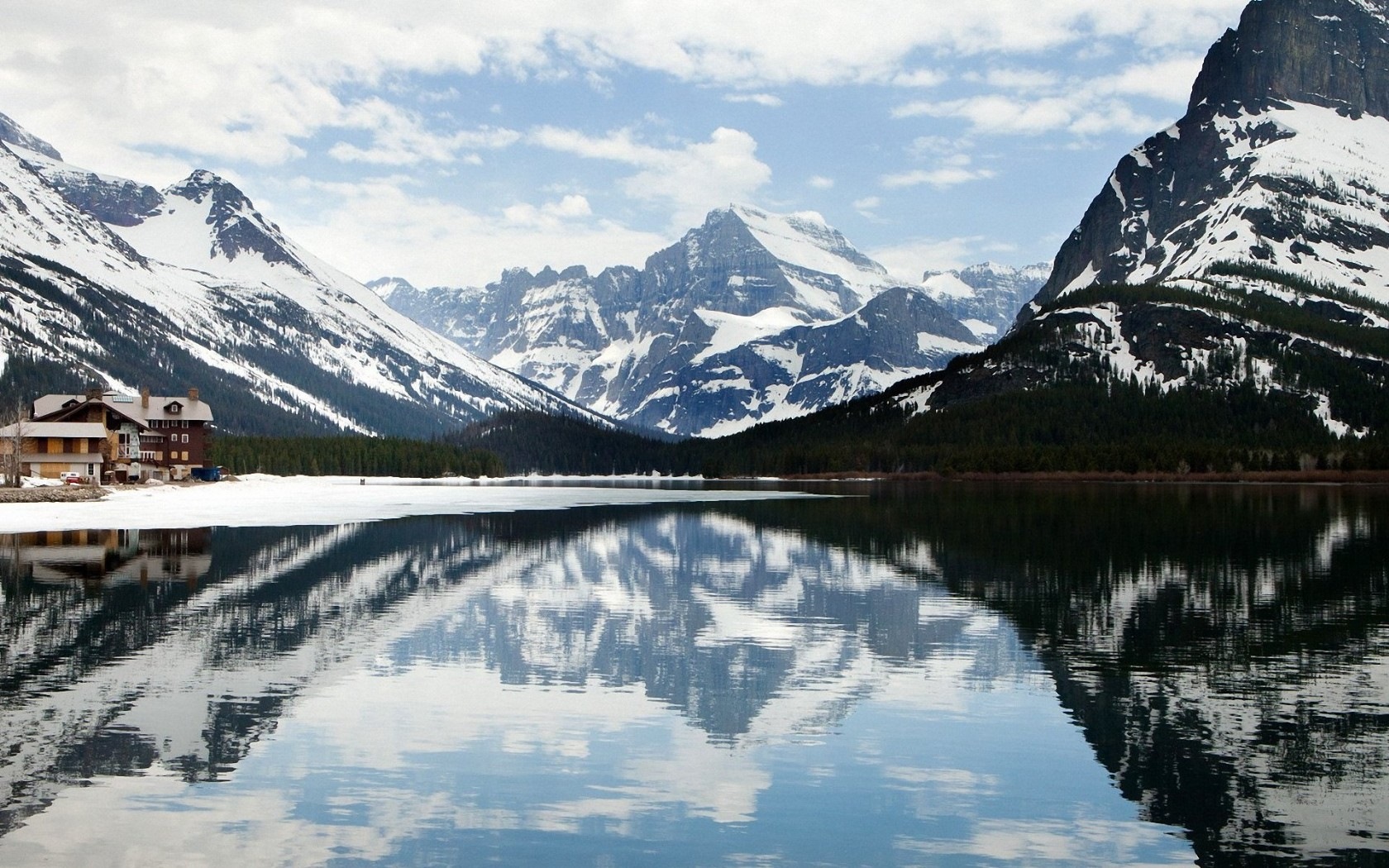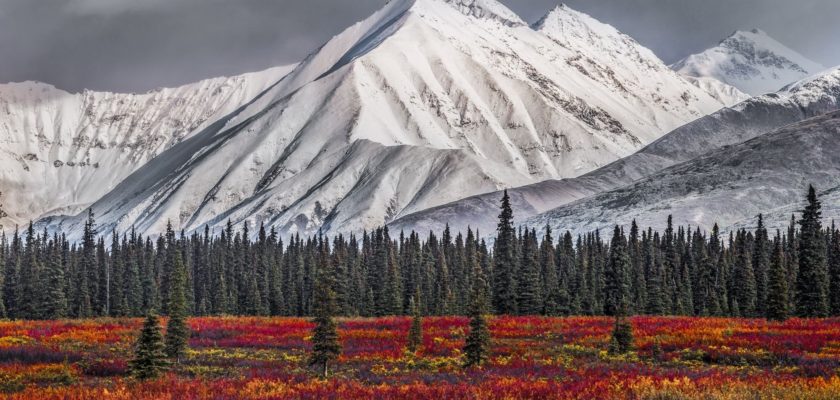Alaska is a fascinating state, being the largest in the Union. It’s also a geographical phenomenon, being the country’s official north, east, and west ends. Alaska’s history, colorful personality, and environment offer tons of unusual tidbits for our perusal and pleasure. Let’s trek through some of the most incredible and awe-inspiring facts about The Last Frontier.
Alaska Gets Cold (And Hot)
Alaska has a record cold temperature recorded in the Endicott Mountains. Temperatures reached -80° F that day, and more than likely, people decided never to go back to those mountains again. At the other end of the spectrum, Fort Yukon measured an impressive 100 °F one day in 1915. In related facts and figures, Alaska recorded one of its hottest Decembers in 2021. On Kodiac Island, temperatures reached 67 °F.
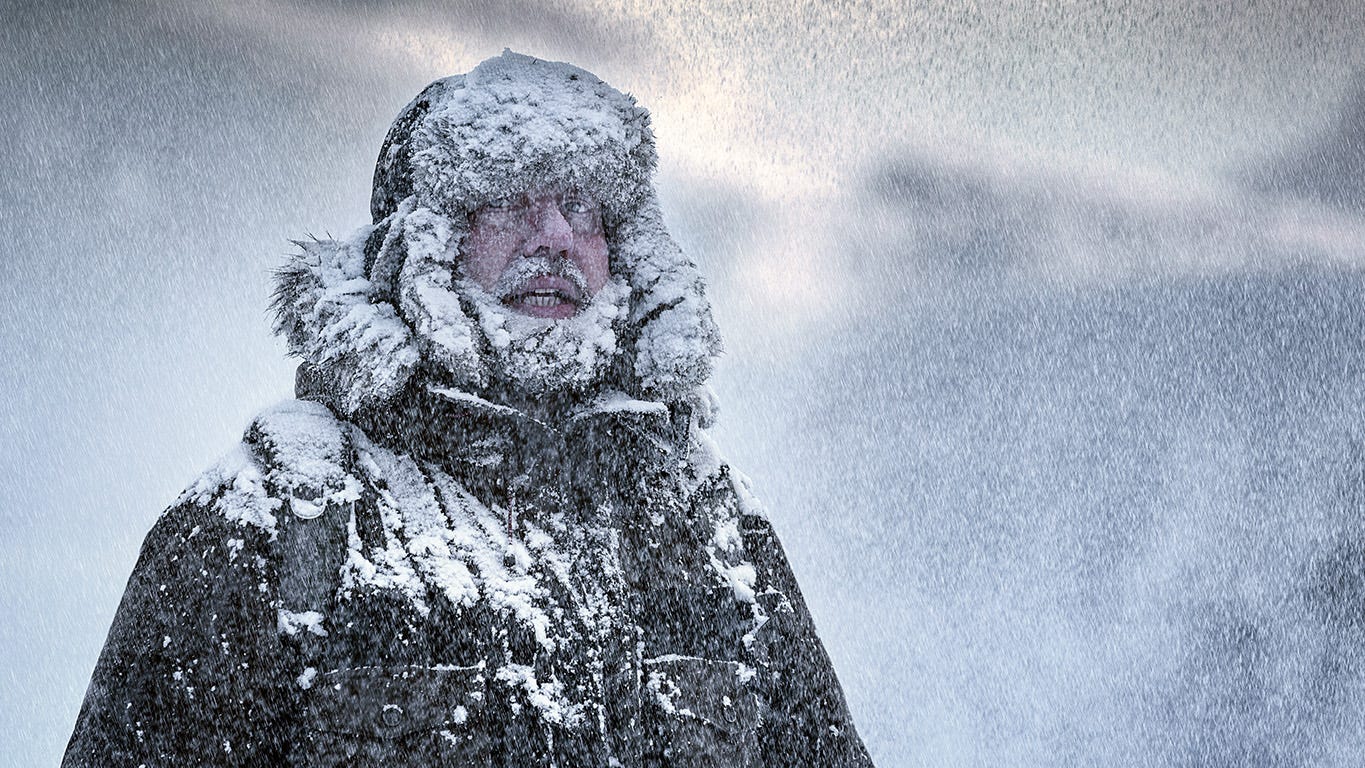
The US Bought Alaska From Russia
Alaska has been “owned” by lots of different countries. Before it was a part of the US, the last owner was the neighbor to the east (and west, depending on how you view the map), Russia. The then-Secretary of State William Seward was ridiculed for the deal back in 1867, as it cost the US $7.2 million. The public labeled the deal “Seward’s Folly.”
A few years later, gold was discovered in Alaska, resulting in a population boom, and all mention of folly was forgotten. In fairness, the price was a bargain because even in today’s adjusted dollars, it amounts to not much more than $30 million or so.
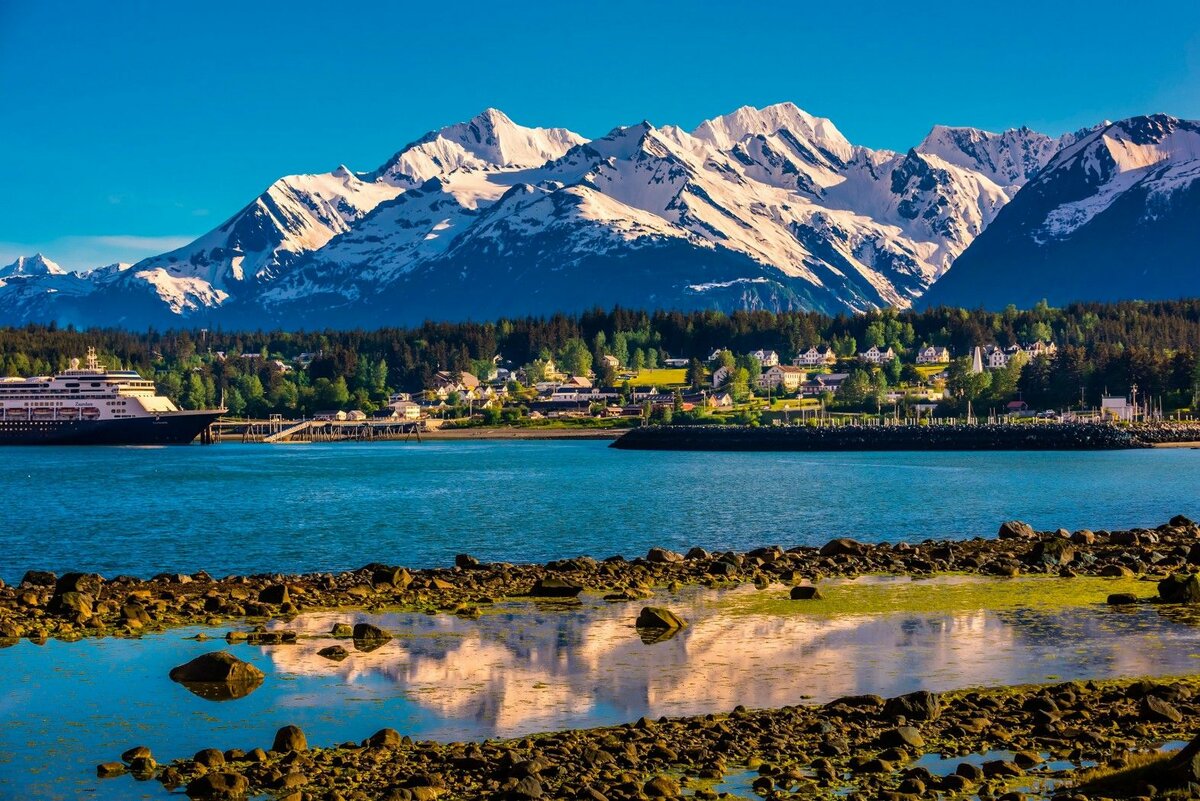
Eternal Sunshine of the Spotless State
The notion of eternal sun and darkness is well-known. The graphic novel and movie 40 Days of Night took this phenomenon and built a horror franchise from it. If you want to experience it for yourself, consider visiting Barrow, the northernmost city in Alaska.
Here, you can experience both the longest night and longest day you’ve ever known, depending on which time of the year you go. From May 10, the sun doesn’t set for three months. Conversely, from November 18, it remains dark as night for nearly two months.
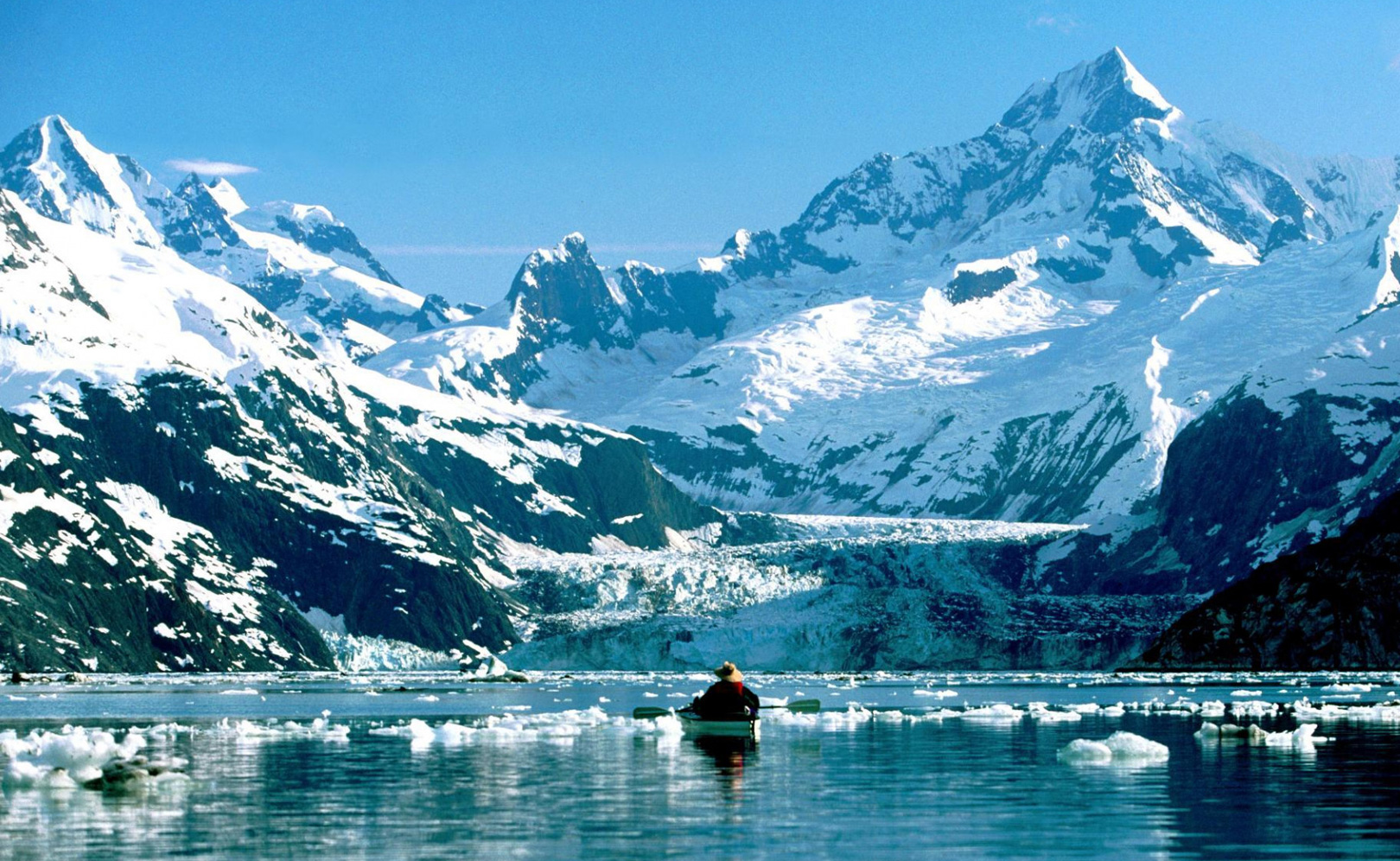
Alaska is a Huge Landmass
The idea of acquiring that much land for that low a price is astounding. Consider that Alaska by itself increased the size of the US by almost 20%. Sure, most of that land was wilderness, but it was also unexplored. Gold, presumably, might just have been the tip of the iceberg.
One downside is that the state isn’t directly attached to the rest of the US, as a part of Canada sits in the middle. It’s also cold. But the land, as they say, is the land, and Alaska is a beautiful land, potentially rich in resources yet untapped.

Alaska has a Low Population Density
If you do the quick math around Alaska’s square mile area and the aforementioned total population, you come up with a remarkable number. One. That’s one person per square mile as a population density for Alaska. Mathematically, that means you could go out for a walk and not meet anyone else at all.
For perspective, the next least dense state in terms of population is Wyoming. That state (which has its own wilderness charms) has a rate of six people per square mile. It’s crowded, by comparison.
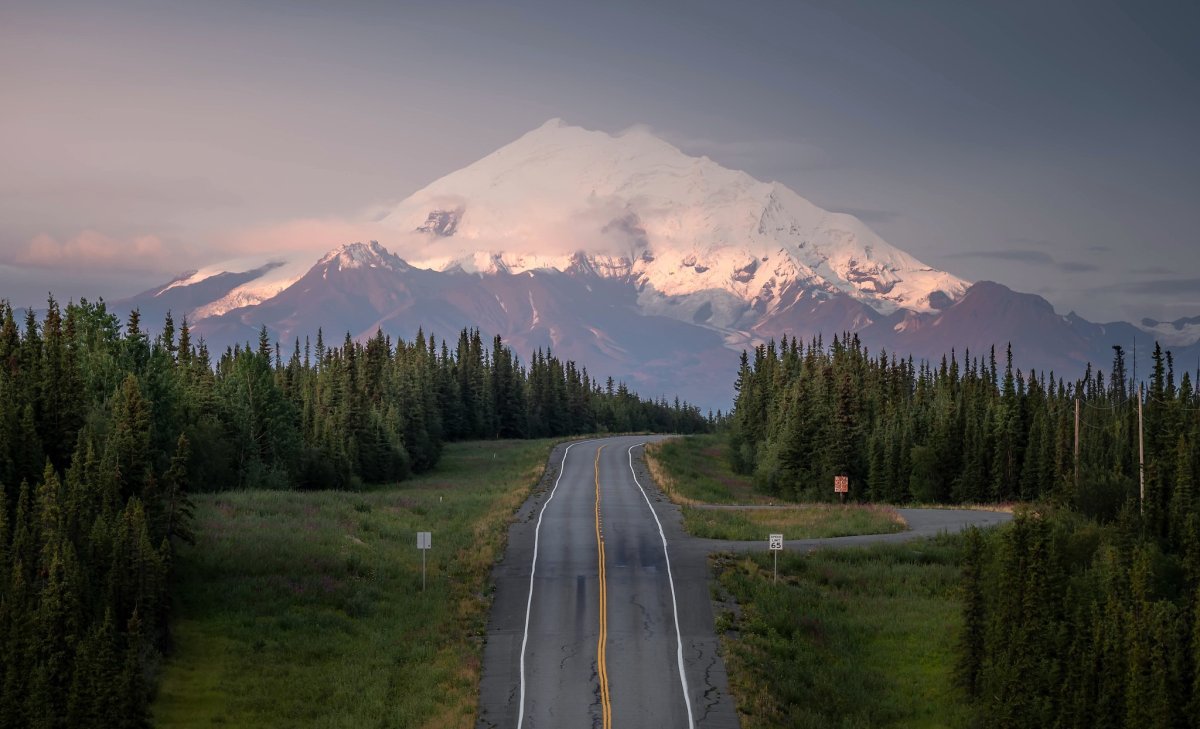
There is No Road to Juneau
The city of Juneau cannot be reached by road. How exactly a major settlement came to be without road access is unusual, but there is it. The only way you can get into Juneau is by plane or by waterway.
This makes Juneau the only capital city in the US you can’t drive to in your car. It also happens to be the largest capital city in the country, spreading across 3255 square miles, including 705 square miles of water and another 930 square miles of ice cap.
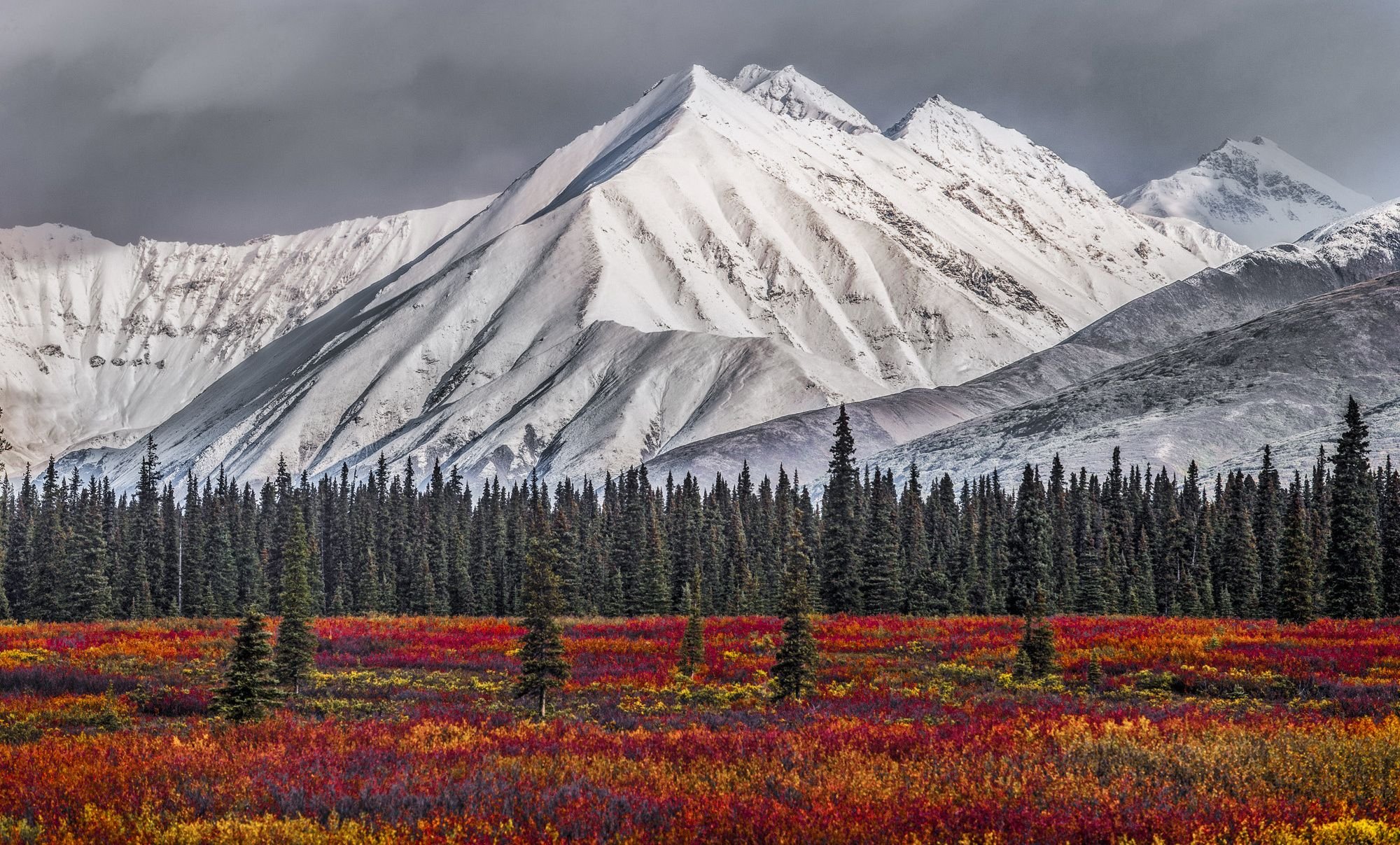
The Land Also Has Many Glaciers
Not surprisingly, the icy country that is Alaska has a significant amount of glaciers. The biggest is Malaspina Glacier, at around 850 square miles. Alaska holds the distinction of being the state with the most glaciers – although that isn’t surprising, given its proximity to the North Pole.
